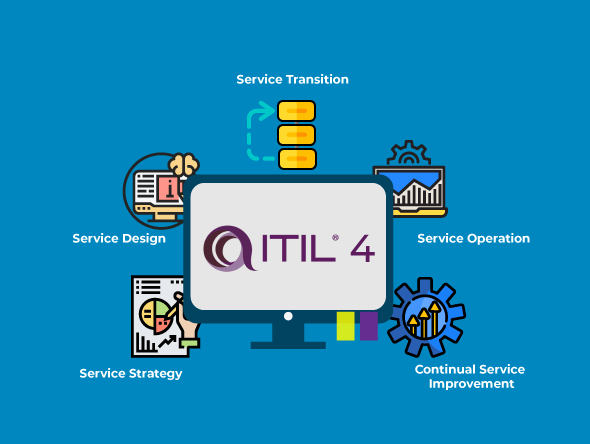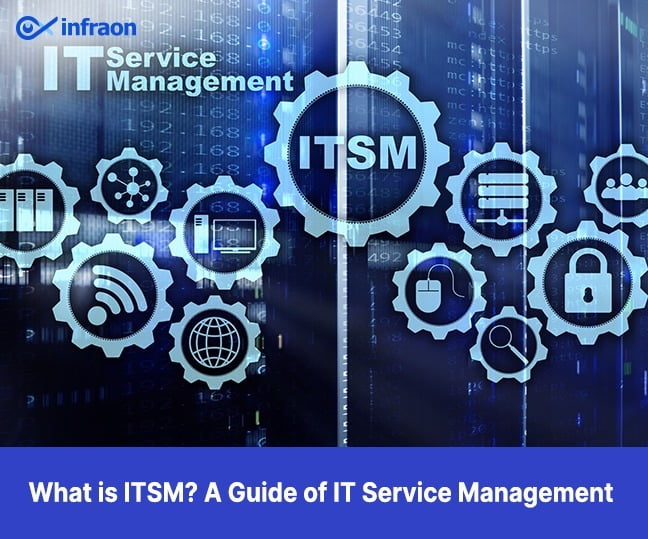Continuous Service Improvement (CSI) is a key part of IT Service Management (ITSM) for systematically enhancing IT services and processes. It involves regularly reviewing and improving the alignment of IT services with business goals. It ensures IT services continually evolve to meet changing business needs, thereby supporting growth and adaptability.
Various ITSM frameworks incorporate CSI, including ITIL, ISO/IEC 20000, and COBIT. The presence of CSI across these frameworks highlights its importance in maintaining relevant IT services. By adopting CSI, enterprises can refine their IT service delivery and create a culture that embraces change and continuous improvement.
Related article: The State of ITSM in 2023 and What to Expect in 2024
What does Continuous Service Improvement (CSI) actually mean?
Unlike sporadic or ad-hoc improvements, CSI is an integrated approach that ensures IT services evolve to meet the dynamic needs of businesses. Some of the objectives of CSI include:
Enhancing service quality
CSI’s primary aim is to identify areas within IT services that require improvement, analyze performance data to pinpoint inefficiencies, and implement strategies that enhance reliability. It goes beyond fixing what’s broken and preemptively refines processes and technologies to uplift service delivery standards. The goal is to reduce service disruptions and operational costs, taking customer satisfaction to new heights.
Aligning IT services with business needs
The second pillar of CSI focuses on ensuring that IT services grow and change along with the businesses they support. It means regularly reviewing and adjusting IT services and processes to align with shifting business objectives and strategies. CSI builds a proactive engagement model where IT and business units collaborate closely, ensuring that IT initiatives and enhancements contribute directly to achieving broader outcomes.
Various ITSM frameworks that incorporate CSI
Here’s how CSI is integrated into the above-mentioned ITSM frameworks:
ITIL (Information Technology Infrastructure Library)

ITIL, the most recognized ITSM framework, positions CSI as one of its five core stages. It outlines a systematic approach to service improvement that relies on the “Plan-Do-Check-Act” (PDCA) cycle. Within ITIL, CSI is an ongoing effort that seeks feedback from all other stages of the service lifecycle to initiate improvements.
ISO/IEC 20000
ISO/IEC 20000 emphasizes the importance of continuous improvement in meeting service management requirements. It mandates enterprises to adopt a continuous improvement process (CIP) as part of their service management system.
COBIT
COBIT (Control Objectives for Information and Related Technologies), a framework for IT governance and management, incorporates CSI through its “Build, Acquire and Implement” (BAI) and “Deliver, Service and Support” (DSS) domains. It emphasizes the need for continuous feedback and learning to optimize and correct IT processes and services.
Key components of CSI in ITSM frameworks
There are three critical elements: service review, data analysis, and process evaluation. They work in tandem to identify areas for improvement, implement changes, and measure the outcomes. Let’s take a deeper look.
Service review
Service review refers to a systematic examination of IT services to assess their performance against expected outcomes and service level agreements (SLAs). It helps identify services that are underperforming or no longer align with business needs, serving as a foundational step in the CSI process.
Data analysis

Data analysis is a deep dive into the quantitative and qualitative information collected from IT service operations. Data analysis aims to uncover underlying trends, pinpoint bottlenecks, and highlight opportunities for improvement. The evidence-based approach ensures that decision-making in the CSI process is grounded in real-world performance metrics.
Process evaluation
Process evaluation involves evaluating existing processes to determine their performance. It involves assessing their maturity, identifying deviations from best practices, and recommending enhancements. Process evaluation ensures that improvements are systematically integrated into IT service management practices.
Structured approach to assessing impact of CSI
To navigate these components, several tools and methodologies are commonly employed in CSI, each offering a structured approach to managing change and measuring impact.
PDCA (Plan-Do-Check-Act)
This iterative four-step management method is used for the continuous improvement of processes and products.
- Plan: Identify a goal or needed improvement, formulate a hypothesis, and decide on the change.
- Do: Implement the change on a small scale to test its effect.
- Check: Evaluate the results of the change against the expected outcomes.
- Act: If the change is successful, implement it on a wider scale. If not, begin the cycle again with a different plan.
Six Sigma
Six Sigma focuses on improving processes and reducing variations by applying statistical methods and tools, aligning perfectly with the objectives of CSI.
Balanced scorecards
Balanced Scorecards provide a complete view of performance across various dimensions, making it a valuable tool for guiding and measuring the success of CSI initiatives.
Step-by-step guide on how to integrate CSI into existing ITSM processes
Step 1: Define objectives and scope
Begin by clearly defining the objectives of CSI within your enterprise. These could range from improving service quality to enhancing customer satisfaction. Alongside objectives, delineate the scope of CSI, identifying which services and processes will be initially targeted for improvement.
Step 2: Establish a baseline
To measure improvement, you must first understand your starting point. Establish a baseline of current performance by gathering and analyzing data related to the services and processes within the scope of CSI. It could mean metrics such as service uptime, incident resolution times, or customer satisfaction scores.
Step 3: Identify improvement opportunities
Identifying areas for improvement requires a clear understanding of current performance. It includes analyzing performance data, feedback from stakeholders, and benchmarking against industry standards or best practices.
Step 4: Plan and design improvements
Develop a detailed plan for improvement for each identified opportunity. This plan should include the specific changes to be made, the required resources, anticipated outcomes, and how success will be measured.
Step 5: Implement changes
With plans in place, proceed to implement the changes. It may involve updating processes, deploying new technologies, or training staff on new procedures. It’s crucial to manage this phase carefully, ensuring minimal disruption to services and communicating with all stakeholders.
Step 6: Monitor and review
After implementing changes, closely monitor the outcomes to evaluate the improvements. Compare performance against the established baseline and the objectives set in Step 1. Gather feedback from users and stakeholders to gain insights into the impact of the changes.
Step 7: Institutionalize successful improvements
For changes that have proven successful, take steps to institutionalize these improvements across the enterprise. It may comprise updating documentation, training materials, and ITSM tools to reflect the new processes. Share lessons learned and successes with the broader enterprise to foster a culture of continuous improvement.
Step 8: Repeat the cycle
CSI is an ongoing process. With each cycle, new opportunities for improvement will emerge. Regularly revisit the objectives and scope of CSI, adapting them as business needs and technologies evolve. Continuously seek feedback and new data to fuel the next cycle of improvements.
Related article: How AI-powered ITSM Can Help Better Understand User Needs



















